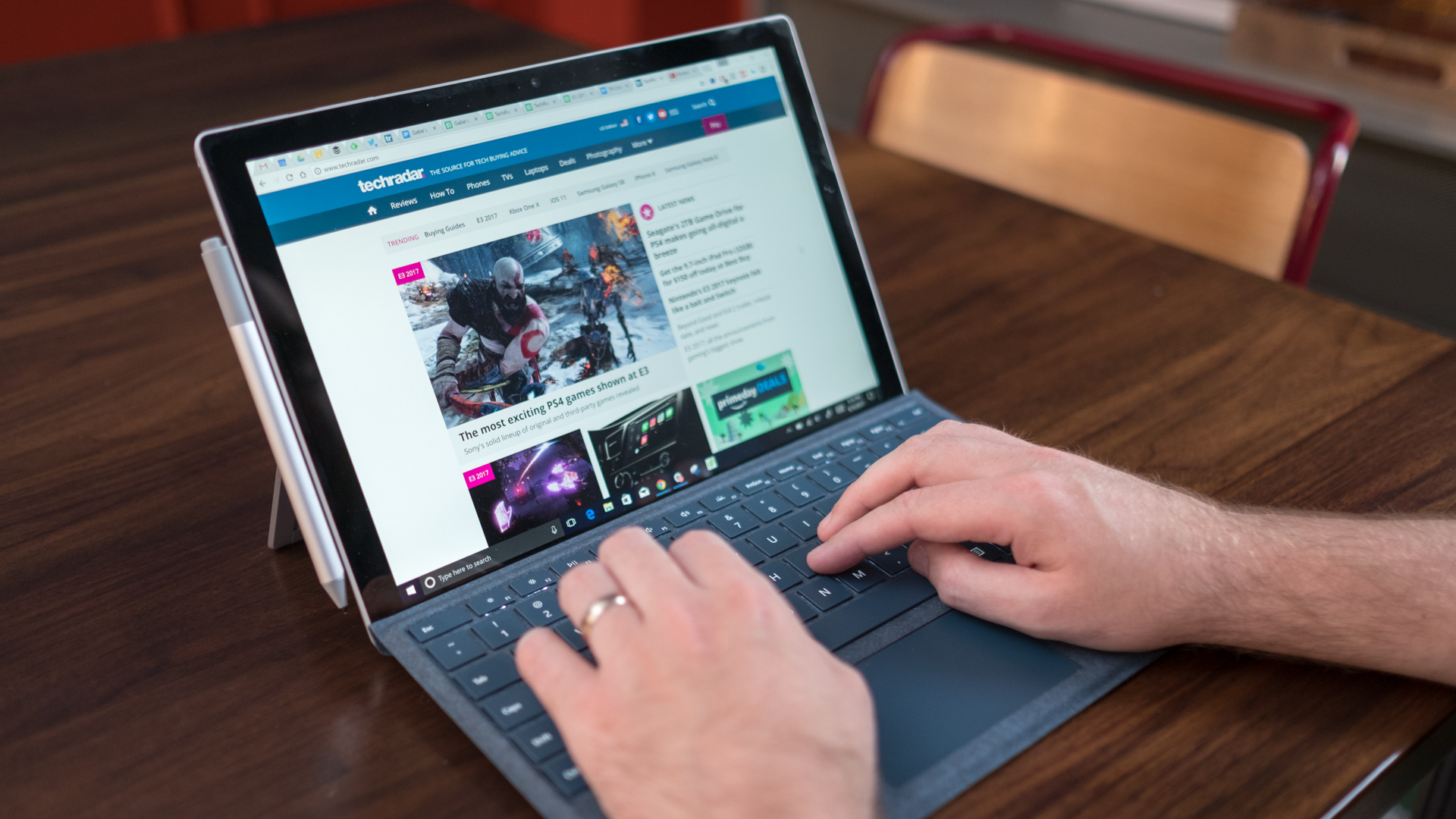Windows 10 data collection will be more transparent in the next big update
Microsoft’s doing its darnedest to regain your trust

The next major update of Windows 10 will introduce new tools to tell you more about the data it collects and grant you more control over what the operating system (OS) shares with Microsoft.
The company announced new features in a blog post starting with Activity History, which is designed to tell you exactly what the Microsoft Privacy Dashboard has recorded.
Available now, this is a new web page within the online Microsoft account website with detailed, visual representations of your voice, search, location and web browsing data. From there, you have the option to now ‘clear’ those types of data either from a category level or right down to the specific instance of use.
Meanwhile, the brand-new, app-based Windows Diagnostic Data Viewer lets you see more of the behind the scenes diagnostic data that Microsoft gathers, listed below as per Microsoft's Marisa Rogers:
- "Common Data, like the Operating System’s name, the Version, Device ID, Device Class, Diagnostic level selection and so on.
- Device Connectivity and Configuration such as device properties and capabilities, preferences and settings, peripherals, and device network information.
- Product and Service Performance data that show device health, performance and reliability data, movie consumption functionality on the device and device file queries. It’s important to note that this functionality is not intended to capture user viewing or, listening habits.
- Product and Service Usage data includes details about the usage of the device, operating system, applications, and services.
- Software Setup and Inventory such as installed applications and install history, device update information."
From this viewer, you can see how these tracked diagnostic events, stored in its cloud servers, are used by Microsoft, but you can’t manage or delete that data. Microsoft says that you’re able to ‘take action with your diagnostic data,’ but the only action we can see later mentioned in its blog post is to provide feedback about the app itself.
The Activity History page is live right now through the Microsoft account webpage, while the Windows Diagnostic Data Viewer is available to Windows Insiders – public beta testers of new Windows 10 builds before they’re widely released – starting now through the next Windows 10 Insider Preview build, 17083.
Making good – or better – on promises of privacy
Since coming under fire for its data collection practices since the launch of Windows 10, Microsoft's greater transparency on the data it collects from customers’ using its operating system is welcome. The fact that you can delete activity events down to specific instances is even better.
Get daily insight, inspiration and deals in your inbox
Sign up for breaking news, reviews, opinion, top tech deals, and more.
However, the Diagnostic Data Viewer tool’s feature set doesn’t currently seem to allow this same level of control, which isn’t much of a step beyond the company’s current position on the matter. That is to say you can see exactly what data Windows 10 is storing regarding your use of it, but you can’t really stop that collection from happening – only minimize it.
With that, we can only hope that the firm is using this data to improve how Windows 10 works, and nothing more. It’s debatable whether it’s unreasonable to expect Microsoft to be able to deliver a consistently improved product without knowing how its users are interacting with it.
At the very least, Microsoft is clearly trying to be more upfront with users regarding exactly how and why it collects the data from us, and what it’s doing with that information.
- These are the best VPNs we’ve used to date
Joe Osborne is the Senior Technology Editor at Insider Inc. His role is to leads the technology coverage team for the Business Insider Shopping team, facilitating expert reviews, comprehensive buying guides, snap deals news and more. Previously, Joe was TechRadar's US computing editor, leading reviews of everything from gaming PCs to internal components and accessories. In his spare time, Joe is a renowned Dungeons and Dragons dungeon master – and arguably the nicest man in tech.
